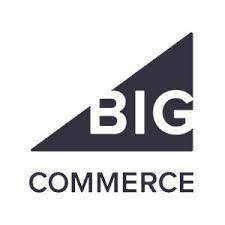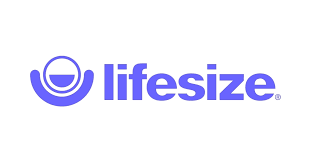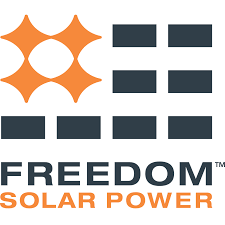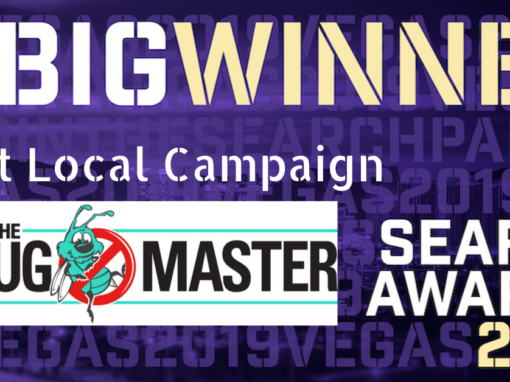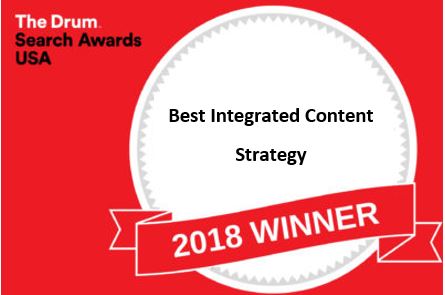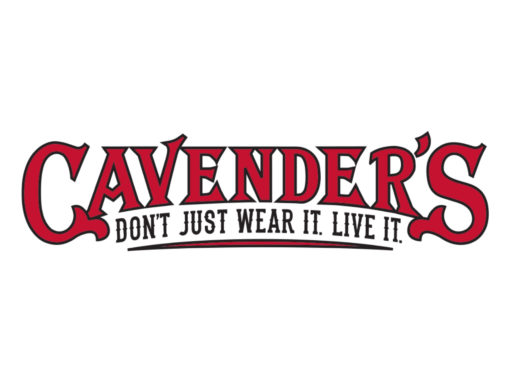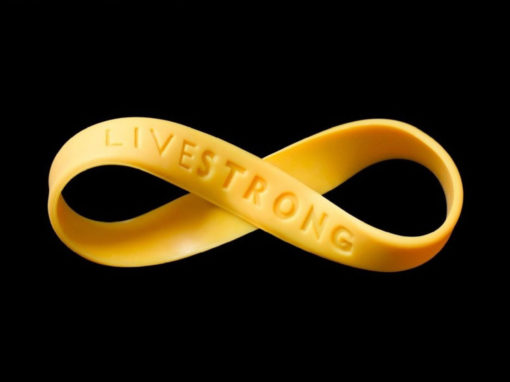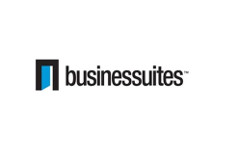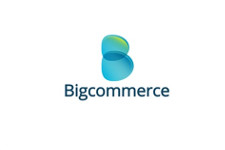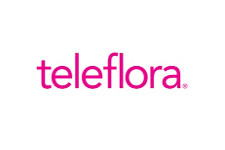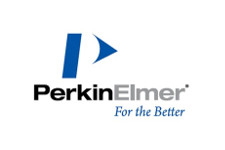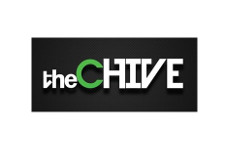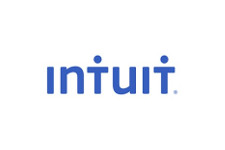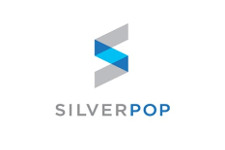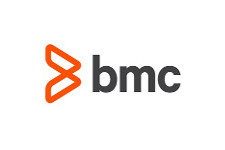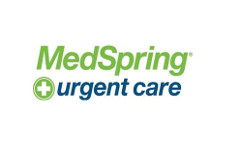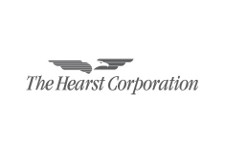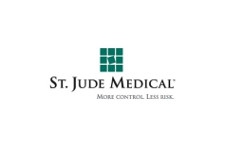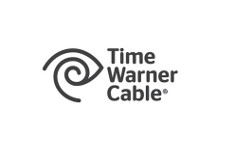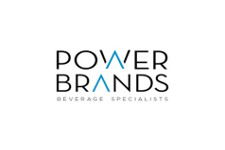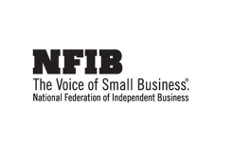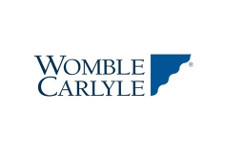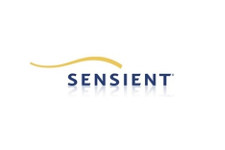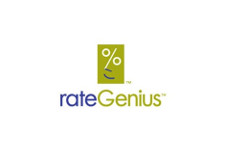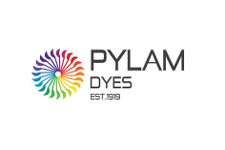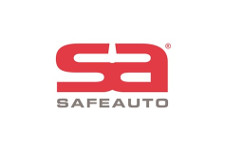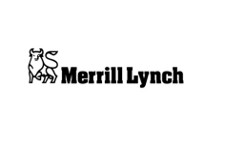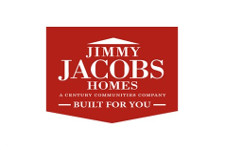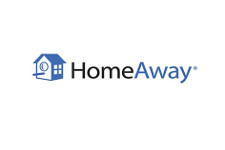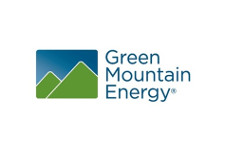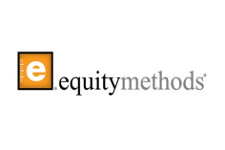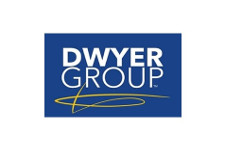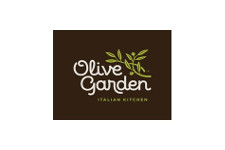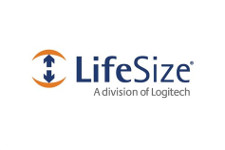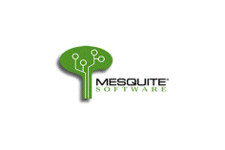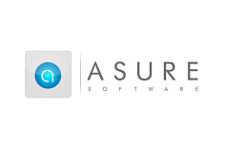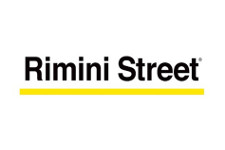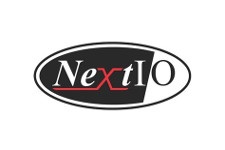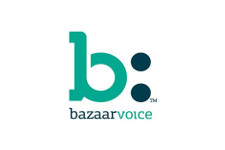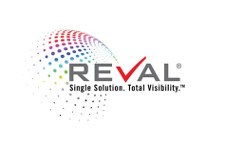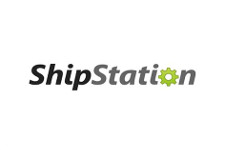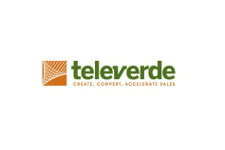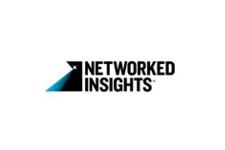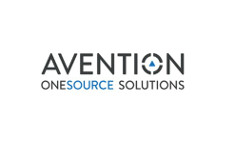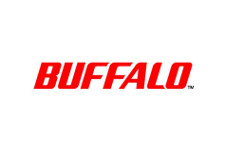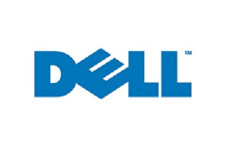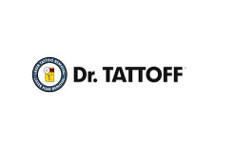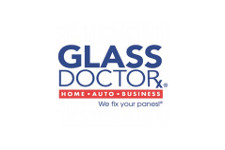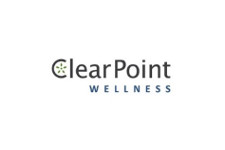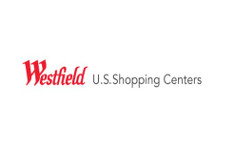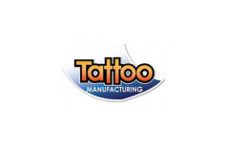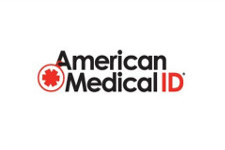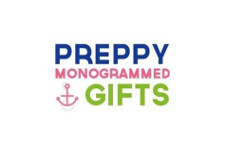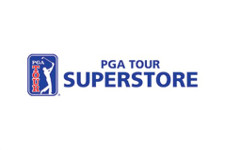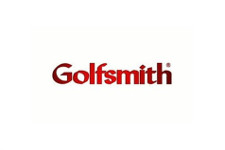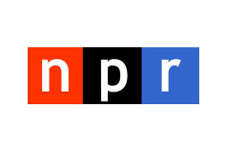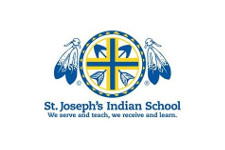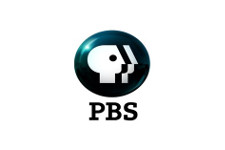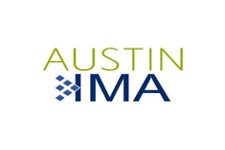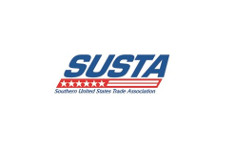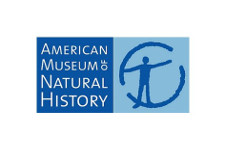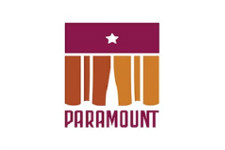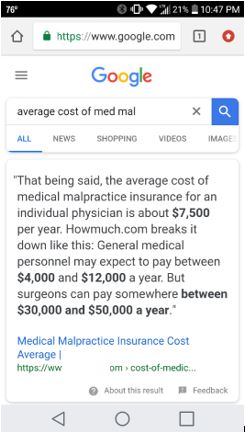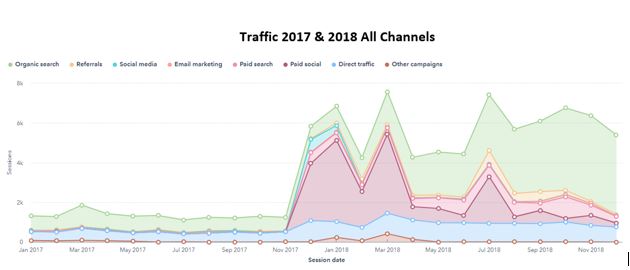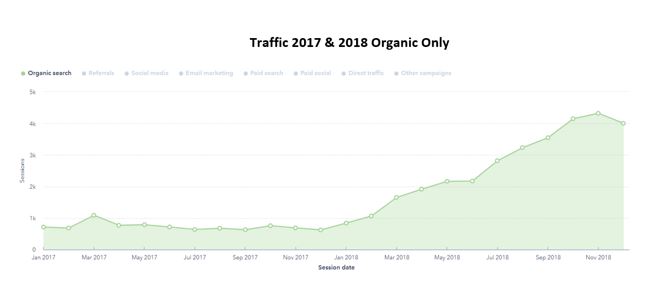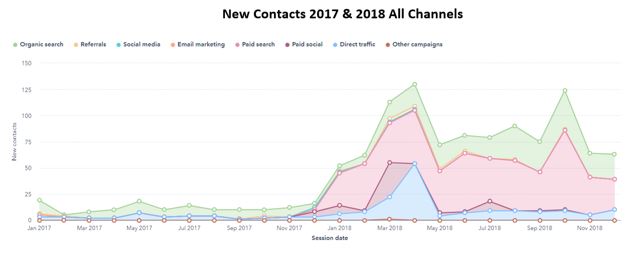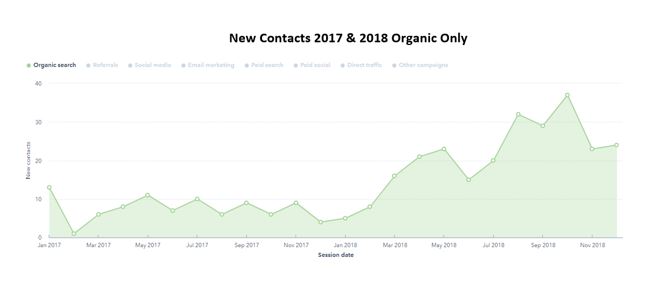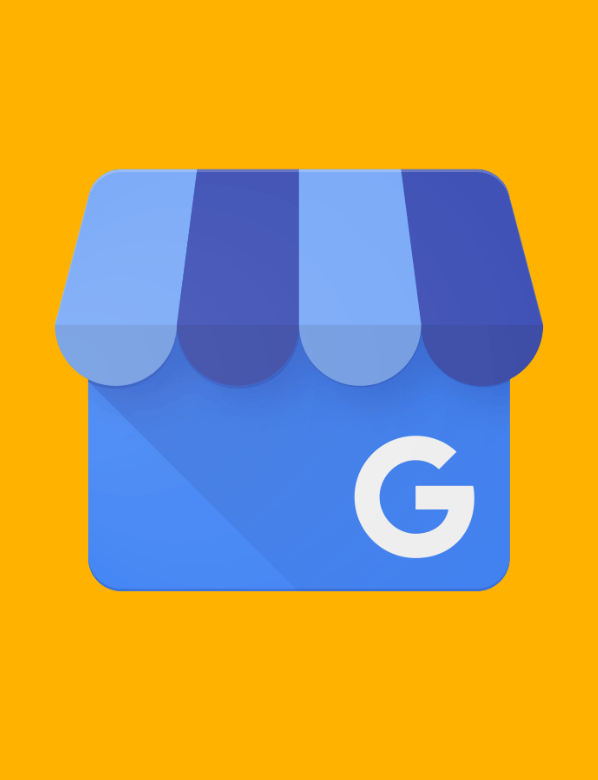by Apogee Results | Aug 19, 2019
Quality Over Quantity: When Rankings Data Matters Most
The Challenge
Not all client goals are the same Datical came to Apogee Results with declining overall traffic. And while we were able to reverse that trend and keep traffic steady, we did not significantly increase it. Instead, we focused on the quality of traffic based on industry-specific terms the client needed to rank for. Because Datical is in such a niche area of database software, traffic quality is much more valuable than traffic quantity. That said, these terms are highly competitive in this software niche and this was no easy challenge. Given the client limitations and resources our efforts rose beyond the client’s expectations.
The Objective
Objective: #1: Increase rankings and get at least 30 of 34 high priority keywords ranking on the first page.
Objective #2: Increase PDF Downloads by at least 50% by the fourth quarter of 2018.
Objective 3: Improve engagement metrics, such as bounce rate, time on site, and pages per visit by 5% year over year.
Database Developers and Administrators, particularly those involved in the application release process. This is an extremely niche space, with a very limited audience for this type of service.
Typically, clients want to see increase in traffic year over year as one main indicator for strong Search Engine Optimization (SEO) work. However, Datical is in a unique situation: being in a highly-niched market traffic is not the number one goal. SEO efforts could have easily boosted traffic by going after a broad set of queries; however, Datical’s goal was to rank on the first page for as many of their 34 high priority queries as possible. These queries werevery specific to Datical’s extremely-niched space.. In this situation, traffic growth was not the number one goal; instead, boosting qualified traffic, defined as traffic that engages more and fills out forms to download content, was the number 1 goal.
The strategy for 2018 was to more deeply understand and optimize the content on the website in order to better rank for specific qualifying queries. Following this, the team focused on optimizing existing pages in an effort to boost the high-priority queries based on customer behavior and client market research. Some technical tasks were completed at the outset to help Google better understand the website. Additionally, the team focused at the end of the year on building links to internal pages on the website to boost keyword rankings out-of-the-gate in 2019.
Increase in PDF Downloads
Implementation
Technical Remediation Included:
- Significant Schema Markup was created and added to the site
- Site Speed recommendations
- Fully loaded time improved from 6.8 to 3.6 seconds
- Time to first byte improved from 444ms to 301ms
- Implementation of missing canonical tags on 37 pages
- Internal 3XX & 4XX link remediation
- 37 internal 3XX redirects fixed
- 8 internal 4XX errors fixed
Content Restructuring and Subfolder Optimization:
- The client had a vast amount of content that wasn’t earning much traffic or desired rankings. Datical also had a large amount of highly technical content that needed to be retooled for SEO purposes.
- The Apogee Results SEO team took the route of revamping content and organizing it into optimized folders to target more “general” or short tail queries because these queries often have large amounts of user “uncertainty”. E.g. database dev-ops vs. database dev-ops automation software.
- In order to rank well for generic queries which could lead to many places in terms of other questions a user may need answering, Apogee Results restructured related content under short tail keyword buckets and then redirected the new optimized content to subfolders that only contained highly relevant content.
- From there Apogee Results implemented optimized internal linking from these guide/resource sections that were made from previously underperforming content.
Off-Page:
- 10 articles were written and pitched on topics around database release cycles and automation.
- This yielded 7 links to client targeted queries in the goal list by using anchor text and contextual linking.
- The average domain authority (DA) for the earned links was 40.3. While DA is not a ranking factor, it is a decent identifier to determine how trustworthy a site could be.
by Apogee Results | Dec 17, 2018
Marketing Integration
from Zero to 60
The Objective
When a top physician’s insurance provider came to Apogee Results, they had no content marketing plan in place. Everything they had tried since launching their website on Hubspot in March of 2014 had been one-off testing with no clear objectives or strategy.
The client’s objectives for this campaign were to create content that converted a lead to a customer, increase the overall site traffic, and increase Marketing Qualified Leads (MQLs) from 6.21 (historical average) to at least 50 per month. With the implementation of proper data tracking, The client also sought to convert at least 20 Sales Qualified Leads (SQLs) each month.
Campaign Activities
- Content Creation
- HubSpot Marketing Automation Management
- Paid Media Distribution (Google AdWords, Bing Ads, Facebook, LinkedIn, MultiView, and various other Display placements)
- Technical and Content-Based Search Engine Optimization (SEO)
- Conversion Rate Optimization (CRO)
- Organic Facebook management.
Content That Closes Business
The target audience for this content is doctors (MDs) and practice administrators for small to medium size practices in the 28 states the client was authorized to write medical malpractice insurance.
The overall strategy was to build awareness and interest among qualified members of the general targeting audience and drive them through a series of website content engagements that would create urgency to fill out a quote form and ultimately end in the issuing of a new malpractice insurance policy. While implementing the traffic building process, the marketing automation processes in Hubspot were concurrently mapped and implemented to track leads through an email and website engagement series that would provide sales ready contacts for the underwriters.
Marketing Qualified Leads
Implementation
Implementation began with the improvement of the technical SEO foundation, including increasing crawlability, fixing site speed issues, mobile optimization, migration to SSL, and solving multiple indexation issues. The content strategy was then built on that strong technical foundation. This strategy included deep keyword research, intent analysis, competitor analysis, and the creation of new content specifically designed to build traffic. The client earned a wide variety of “position zero” featured snippets in a marketplace of big players who had significant budgets and the ability to commoditize their services, thereby increasing qualified traffic and MQLs. That “position zero” validation was leveraged to gain high-quality backlinks to the client content through an ongoing influencer outreach campaign.
The Creative
Carefully crafted resources pages and blog content were written to serve high-intent queries, significantly increasing both traffic and leads.
Social media was tasked with distributing content to highly qualified, top of funnel audiences based on the client’s existing database, site visits collected by social pixels, and layered interest targeting.
We used a blend of Facebook creative to serve video content as a first-touch brand awareness play and then segmented and served retargeted video viewers with blog articles and landing pages to drive them deeper into the customer journey.
The medical malpractice industry has become extremely commoditized over the years. Doctors don’t want
medical malpractice insurance – they are legally obligated to carry it. The industry is highly regulated, and
pricing differs little from carrier to carrier. These industry conditions make differentiation incredibly difficult. The
role of marketing is extremely important when attempting to distinguish such a highly commoditized industry.
Despite having tried multiple agencies and spending hundreds of thousands of dollars on
marketing over the last few years, we had almost nothing to show for it. We were on the verge of giving
up on marketing through digital means in order to drive business. We decided to give it one more shot, with
a new agency, and learned that when done right, digital marketing can be highly effective, even for medical
malpractice. Through this partnership, we have seen incredible success, and a road map for continued
success in the future.
Chief Marketing Officer, Anonymous Company
by Apogee Results | Dec 6, 2018
Local Search for Retail- Cavender’s
The Client Story
Cavender’s is a large regional western-wear retailer with 54 physical locations, as well as an Internet Retailer 500-sized web commerce operation. Privately owned, Cavender’s has grown to become the second largest seller of western-wear nationally and are strongly challenging the much larger chain Shepler’s.
Cavender’s worked with Apogee Results and achieved strong success in running profitable SEO and PPC engagements. Our work allowed them to outrank Shepler’s nationally on some incredibly challenging category and industry keywords such as “western wear” despite being outspent more than 5-fold by their larger competitor.
The Challenge
Although Cavender’s core online operations were performing strongly, the individual 50+ retail establishments were not getting visibility within Google Places for keywords other than the Cavender’s brand, therefore missing an opportunity to reach out to the millions of potential customers searching Google for a retail establishment where they could buy products such as “cowboy boots”, “western shirts”, and other similar items without the branded term “Cavenders”.
The Solution
Apogee Results worked with Cavender’s teams, both marketing and retail operations, to reconfigure the Google Places listings for each store, and also worked with the store locator pages on the main Cavender’s web properties. Our work included on-page efforts, link and citation building designed to give the Google search engine the appropriate credibility signals to display Cavender’s more frequently, and also some training materials to help local store operations encourage customer ratings and reviews at the local level, which is an important component of the local search algorithms.
by Apogee Results | Dec 6, 2018
Agency Fit- Livestrong Foundation
The Client Story
Late last decade, The Livestrong Foundation had reached the height of its popularity. With the wristbands losing their impact, Lance getting off his bike soon, and most of the free positive press surrounding him leaving as well, all signs pointed toward a plateau – if not shrinkage — in their ability to carry out their charitable missions. Livestrong was prescient enough to understand that their current Agency, which supplied the marketing and branding during the easier years that got them to where they were, might not necessarily be a good fit for them moving forward, in more challenging times.
In order to secure the foundation that had been poured, they needed to bring in a different type of agency to help them. Livestrong realized they could no longer be dependent on the luster from the millions of wristbands being sold. A more digitally focused and data-driven approach was needed in order to make a successful transition from sexy to sustainable.
The Challenge
Livestrong was receiving an acceptable return on investment on their paid media campaigns so it never occurred to them that the campaigns might not be fully optimized. With very low in-house resources for digital, no one was able to tell them that their Google Analytics wasn’t set up in a manner that gave them the correct metrics, or in a way that accurately tied spend to conversion.
They had the $10,000/month Google Grant but didn’t realize that the Grant campaign could be bumped up to GrantsPro status, giving them an extra $30,000/month in free online ads.
Also, many of the events that they were spending high dollars promoting through traditional marketing channels were not being integrated into their digital channels, making their efforts less effective. Basically, The Livestrong Foundation knew that they were not going to be able to move forward with the same type of strategy, but did not know what the barriers or challenges were.
Increase in Brand Awareness
Increase in Website Traffic
The Solution
Apogee’s immediate plan of action was to go in and see if there was any useful historical data in the legacy paid search accounts. After a series of audits, it became apparent that the campaigns had been set up poorly without any real goals, leading to improper conversion tracking and metrics.
After taking over the paid search accounts Apogee was also able to get the Google Grants upgrade into the GrantsPro program, resulting in a large increase in free monthly advertising. In order to bid competitively on higher priced key terms, Apogee was able to justify Livestrong spending an additional $30,000/month in paid media out of pocket by showing that the additional spend could be the driving force behind their three main objectives.
1. Fundraising (donations, e-commerce)
2. Community engagement and education
3. Cancer support
by Apogee Results | Mar 7, 2016

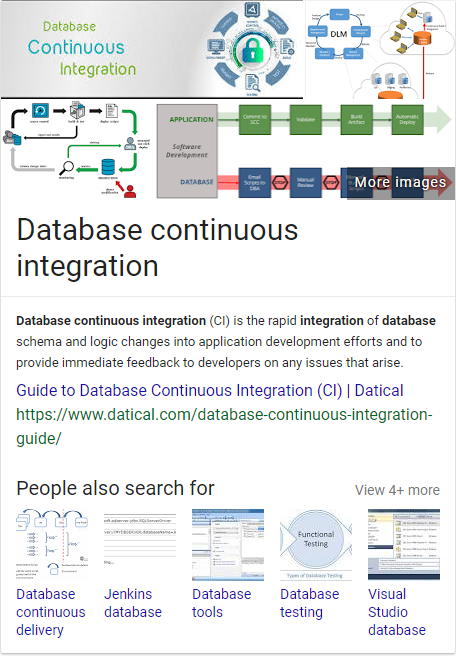
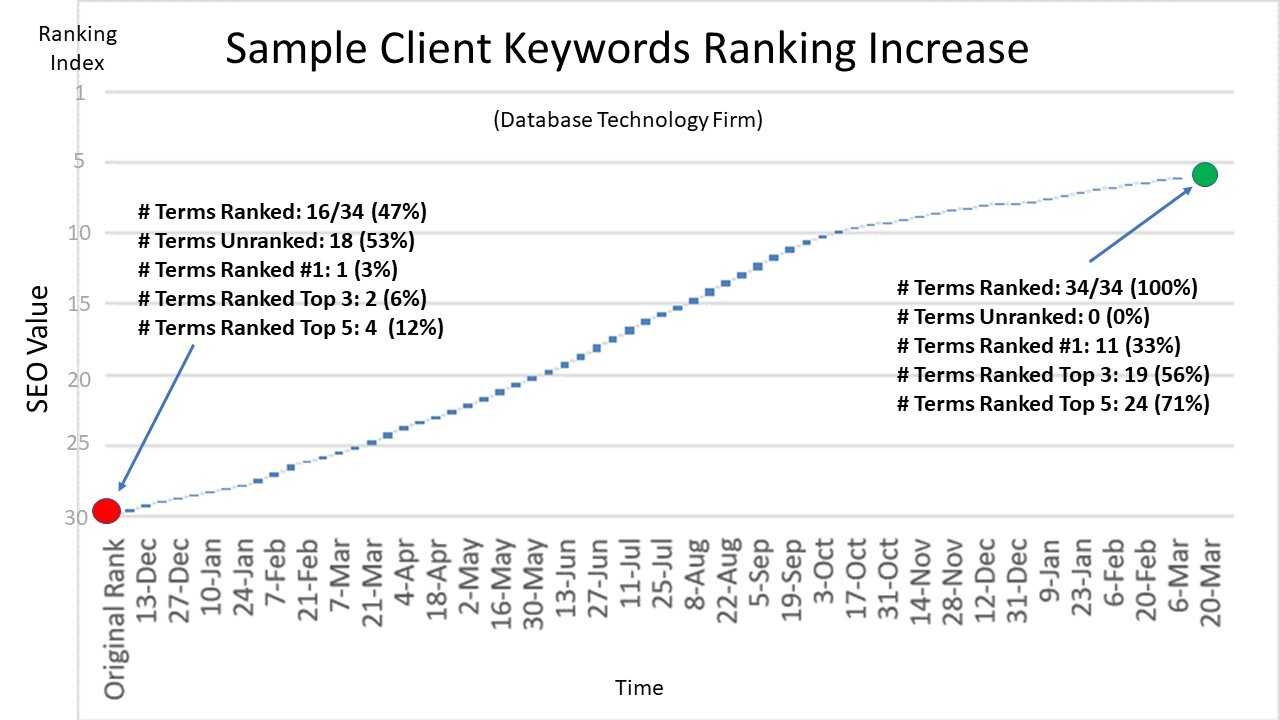
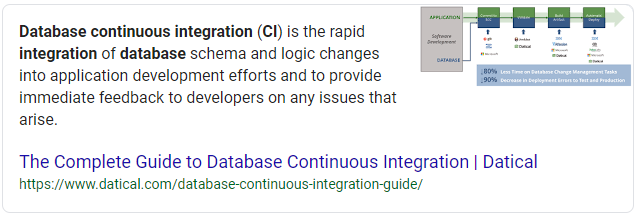
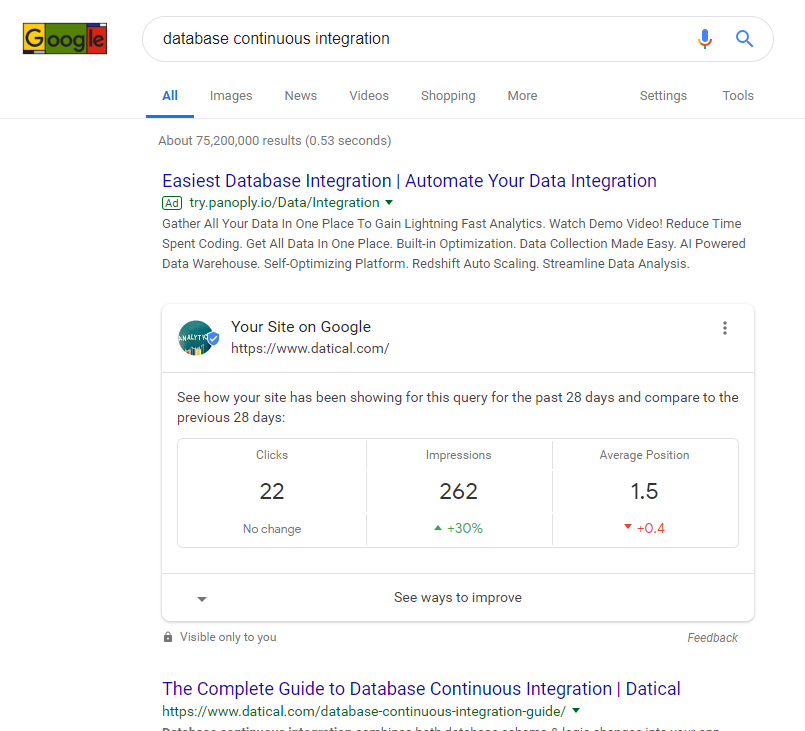
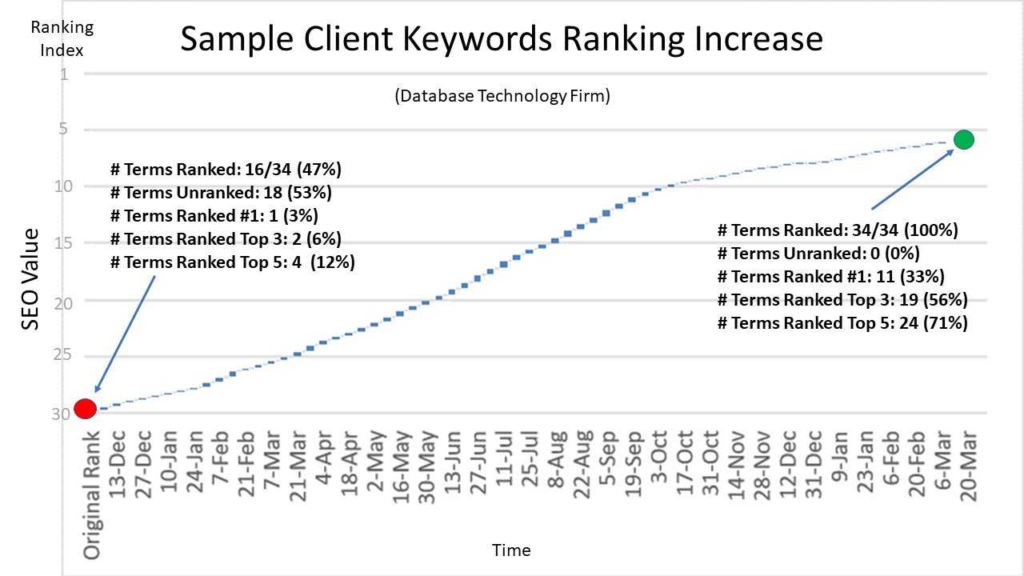
 PDF Downloads increased 69.9% YoY- 124 vs 74
PDF Downloads increased 69.9% YoY- 124 vs 74